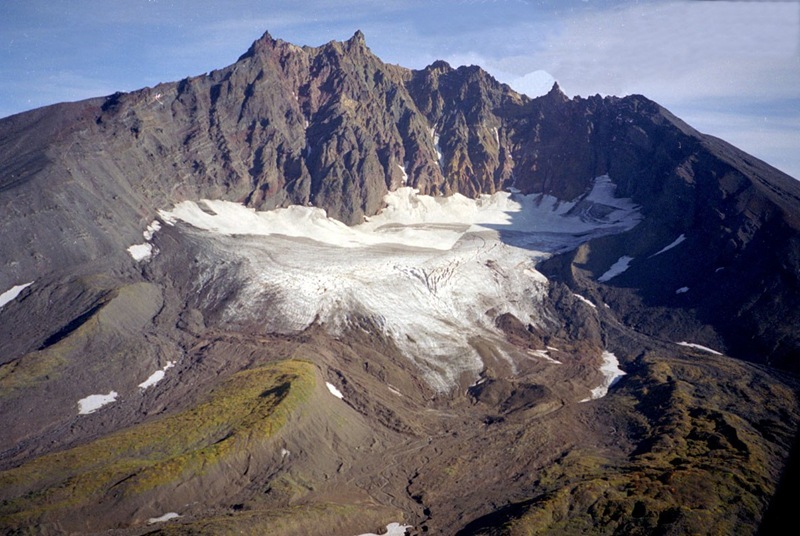2025 has been declared the International Year of Glacier Conservation. Glaciers, which are often called the “water towers” of the planet, play a key role in the global water cycle, provide a significant part of the world’s population with fresh water and affect the level of the oceans.

Accelerated melting of glaciers caused by global warming as a result of anthropogenic greenhouse gas emissions poses a serious threat. The consequences of this process include rising sea levels, destabilization of ecosystems, and risks to the livelihoods of millions of people.
Of particular value are the glaciers of Kamchatka, which are unique natural formations influenced by volcanic activity. The Kronotsky Nature Reserve, one of the oldest in Russia, contains more than 10% of the peninsula’s glaciers. The total glaciation area of the reserve is 110 km2, which is comparable to the area of 150 football fields. Despite the fact that the first descriptions of these glaciers appeared almost a century ago, many of them remain poorly understood due to their inaccessibility.
Modern technologies of remote sensing of the Earth help to solve the problem of insufficient knowledge of the Kamchatka glaciers. Since 2015, employees of the Kronotsky Nature Reserve have been using satellite images for annual monitoring of glaciers. This allows you to quickly and accurately determine their area and size. The Koryto, Townshits, Kropotkin and No. 242 glaciers located in different parts of the reserve were chosen as model objects for observations.
However, field studies are needed to obtain more complete data on the state of glaciers. In 2025, after a significant break, it is planned to resume stationary observations on the glaciers of the Bolshoy Semyachik and Townshits volcanoes. The expedition will be attended by employees of the Kronotsky Nature Reserve and the Institute of Volcanology and Seismology of the Far Eastern Branch of the Russian Academy of Sciences.
